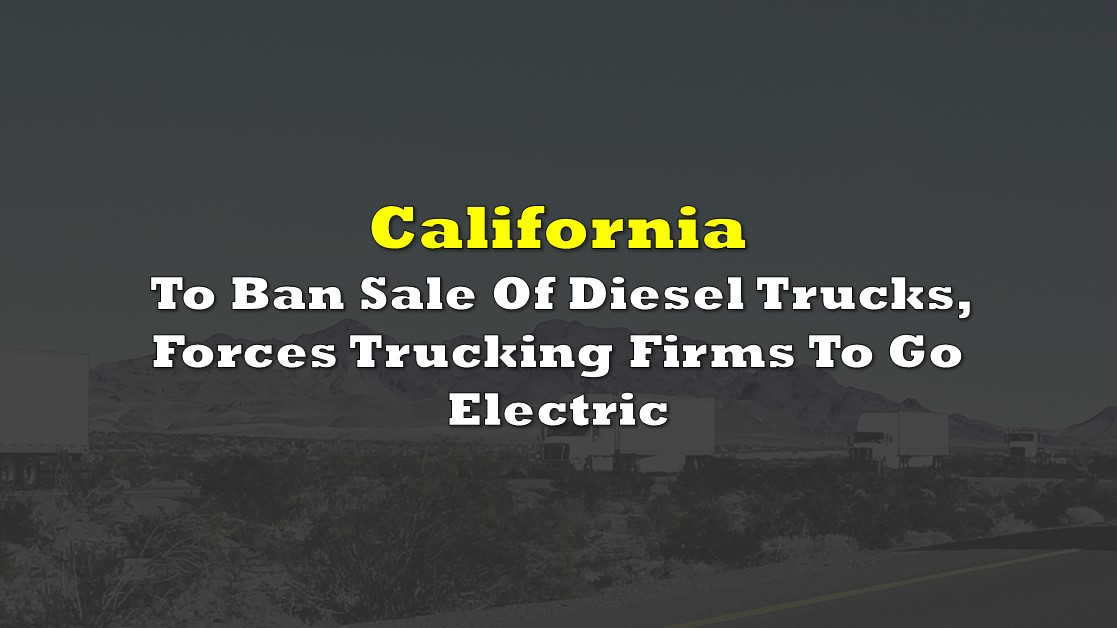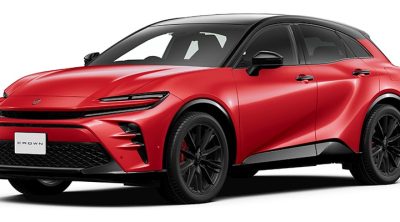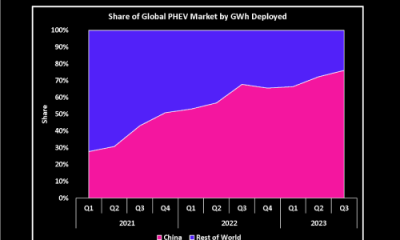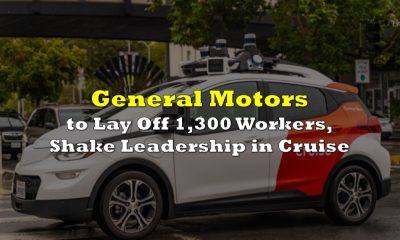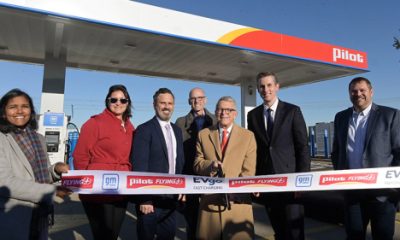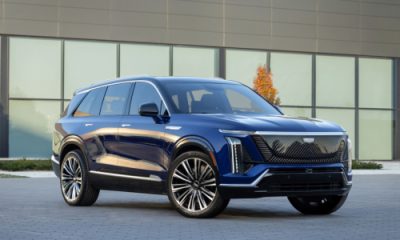Energy & Critical Metals
California To Ban Sale Of Diesel Trucks In 2036, Forces Trucking Firms To Go Electric
Electric pickups and big-rig’s might hardly even exist, but California is determined to force their adoption one way or another.
The post California…
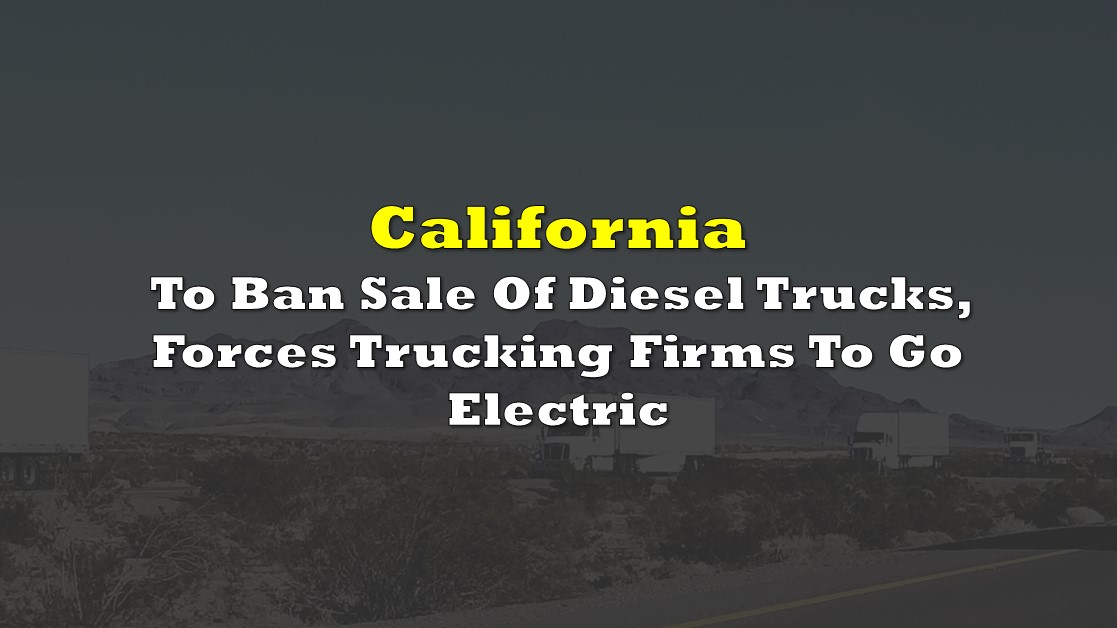
Electric pickups and big-rig’s might hardly even exist, but California is determined to force their adoption one way or another. On Friday the Golden State saw regulators approve new rules put forth by the California Air Resources Board that will require medium and heavy duty trucks sold in the state to be zero emission by 2036 – meaning gas and diesel pickups will then become a thing of the past.
The rules, referred to as the Advanced Clean Fleets Regulations, also includes zero emission requirements for off-road yard tractors, light duty mail, and package delivery vehicles.
Rules surrounding the emissions of fleet vehicles are also in place, with a sliding scale of cut-off years for vehicles to be electric or otherwise zero emissions put in place. All fleet vehicles must be zero emission by 2042.
The trucking industry, understandably, isn’t exactly happy with the development.
“Today, an unelected Board in California voted to force trucking companies to buy zero-emission trucks. Fleets are just beginning to understand what it takes to successfully operate these trucks, but what they have learned so far is they are significantly more expensive, charging and refueling infrastructure is nonexistent, and ZEVs are not necessarily a one-for-one replacement — meaning more trucks will be needed on California roads to move the same amount of freight,” commented Chris Spear, CEO of the American Trucking Association.

And despite rules just being approved on Friday, there are already near term implications for fleet operators.
For instance, as of January 1, 2024, all trucks used in drayage, which is the shipment of goods over short distances such as in ports, must be entered into an online tracking system. As of that same date, only zero emissions vehicles are permitted to be entered into the system, forcing operators to enter “legacy” equipment into the system prior to this date, or be forced to acquire new equipment that meets the new standard.
In terms of federal fleets and “high priority fleets,” the latter of which refers to entities with more than $50 million in annual revenues that own, operate, or direct at least one vehicle in the state, or that have ownership over 50 or more vehicles, as of 2024 they will only be permitted to purchase zero emissions vehicles. And as of 2025, they must also take internal combustion engine vehicles out of service at the end of their useful life – with the regulator determining that “useful life.”
Alternatively, they can agree to take part in the ZEV Milestone option, which has a sliding scale for required electrification, as seen below.

As for state and local agencies, 50% of vehicle purchases as of January 1, 2024, must be zero-emission, and 100% of vehicles purchased must be zero emission by 2027.
The Californian government is claiming that the implementation of the new rules will result in savings of $26.5 billion in statewide health benefits from criteria pollutant emissions, and net cost savings of $48 billion to fleets.
And in terms of the question whether there is sufficient options for operators to turn to in the zero emissions market, the state has reportedly conducted a study outlining the average daily mileages of heavy vehicles in an attempt to stomp down concerns related to electric vehicle ranges. According to the data, “the vast majority” of trucks drive 100 miles or fewer per day.

The agency also reported that as of July 2022, 148 models of medium and heavy duty vehicles are available for pre-order in North America, while 35 manufacturers produce 135 models of Class 2b through Class 8 zero emissions vehicles.
On the topic of tractor sleeper cab models, the regulator simply states, “the specialty truck and sleeper cab tractor phase-in requirement starts in 2030, and by this time, ZEV technology is expected to have advanced to the point that range and vehicle weight are no longer barriers.”
So here’s hoping the technology keeps up.
Information for this briefing was found via California Air Resources Board and the sources mentioned. The author has no securities or affiliations related to this organization. Not a recommendation to buy or sell. Always do additional research and consult a professional before purchasing a security. The author holds no licenses.
The post California To Ban Sale Of Diesel Trucks In 2036, Forces Trucking Firms To Go Electric appeared first on the deep dive.

Uranium Exploration Company Announces Additional Staking in the Athabasca Basin
Source: Streetwise Reports 12/22/2023
Skyharbour Resources Ltd. announced an update from its Canada-based Falcon Project along with additional…
Tesla Launches New Mega Factory Project In Shanghai, Designed To Manufacture 10,000 Megapacks Per Year
Tesla Launches New Mega Factory Project In Shanghai, Designed To Manufacture 10,000 Megapacks Per Year
Tesla has launched a new mega factory…
Giving thanks and taking stock after “a remarkable year”
An end-of-year thank you to our readers, industry colleagues and advertisers before Electric Autonomy breaks from publishing until Jan. 2
The post Giving…
